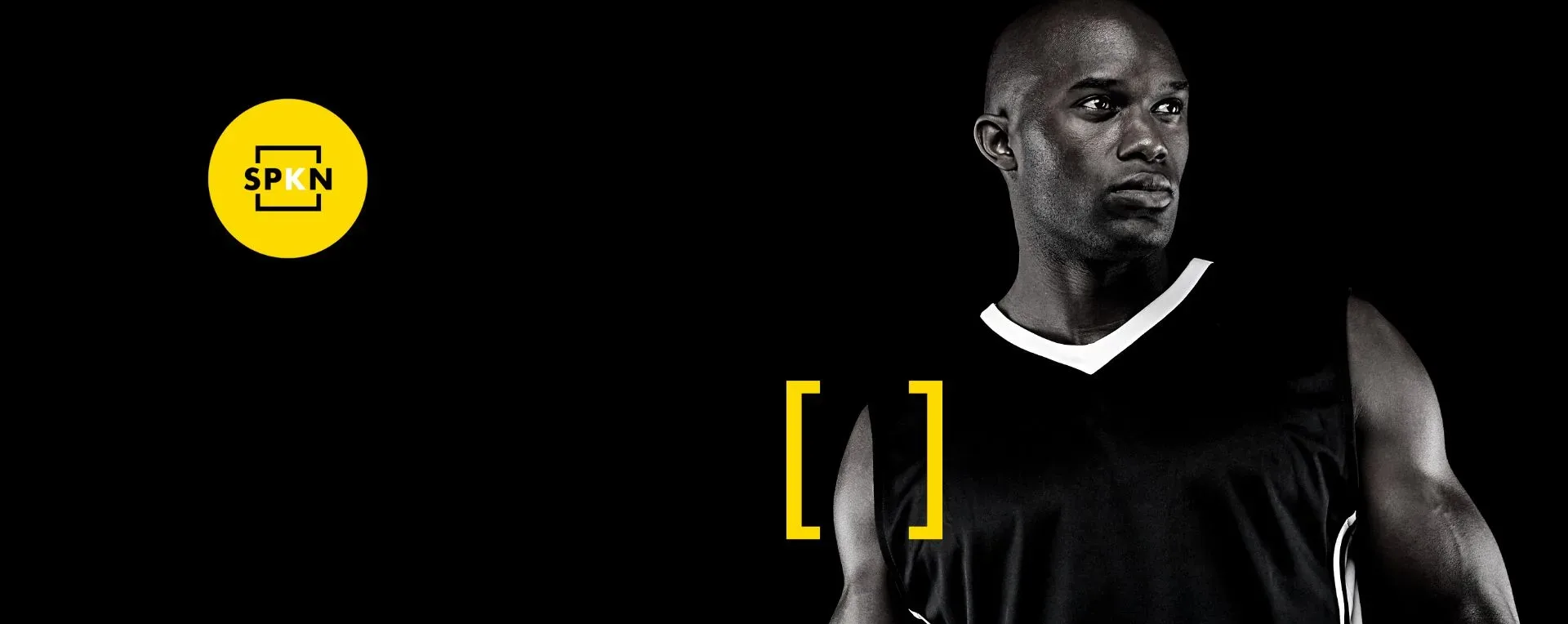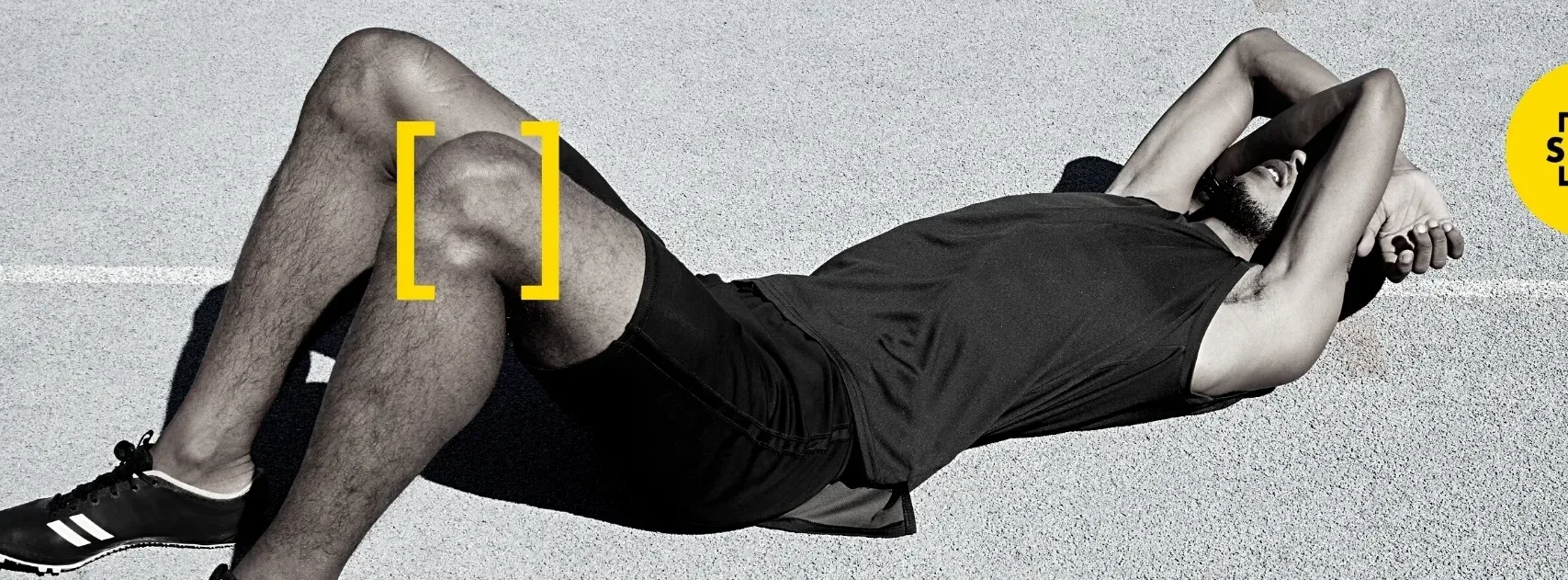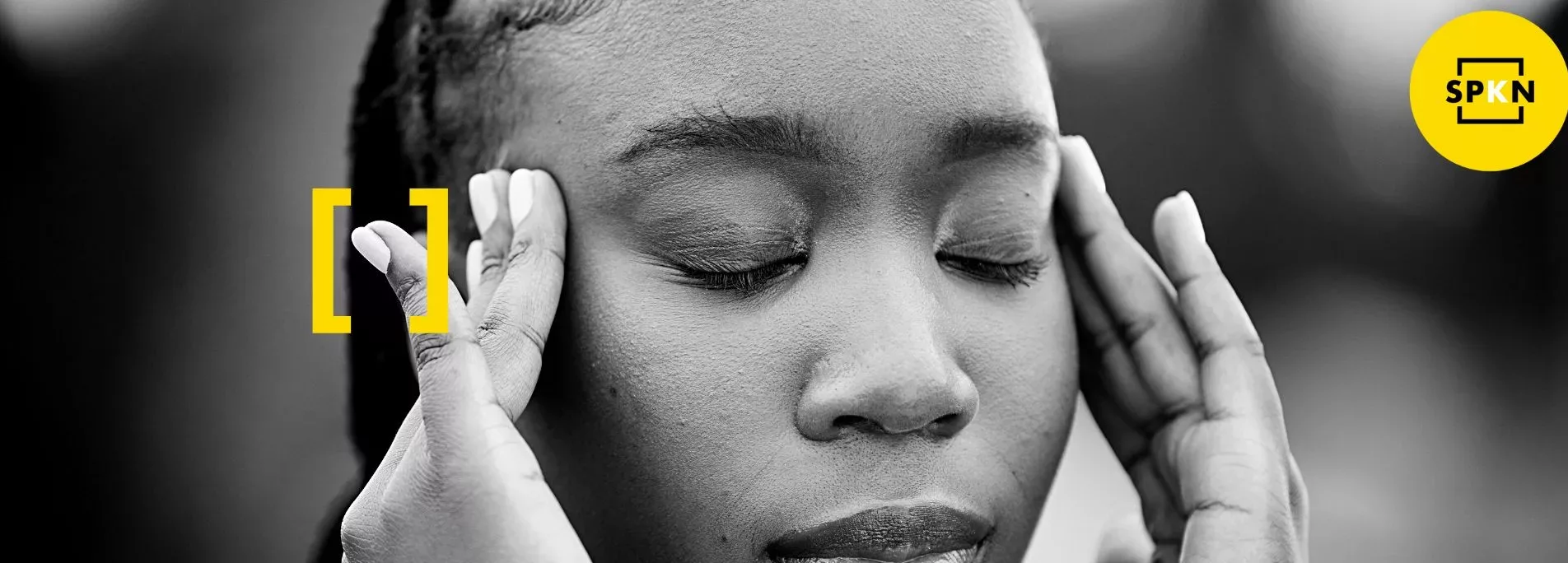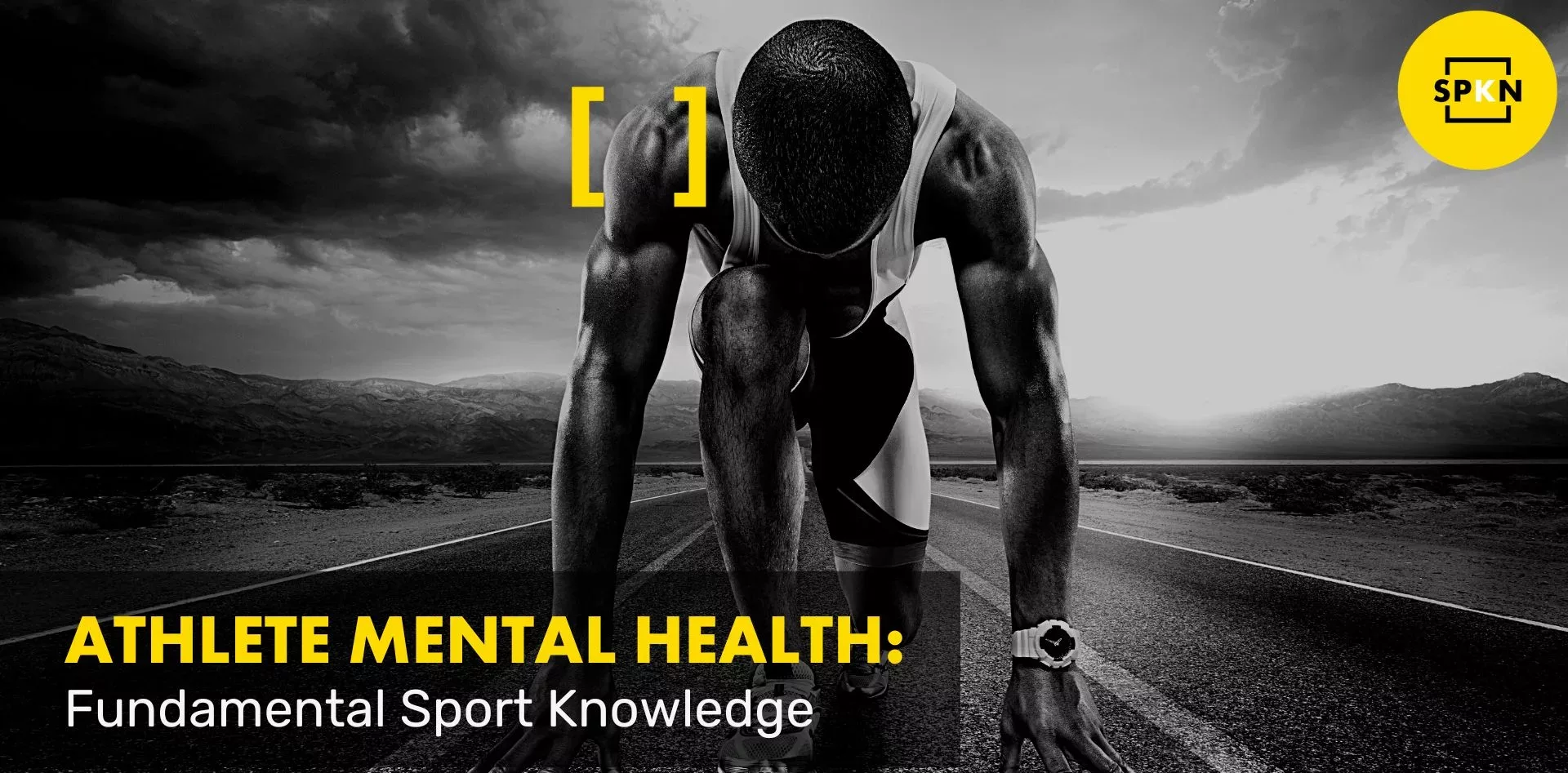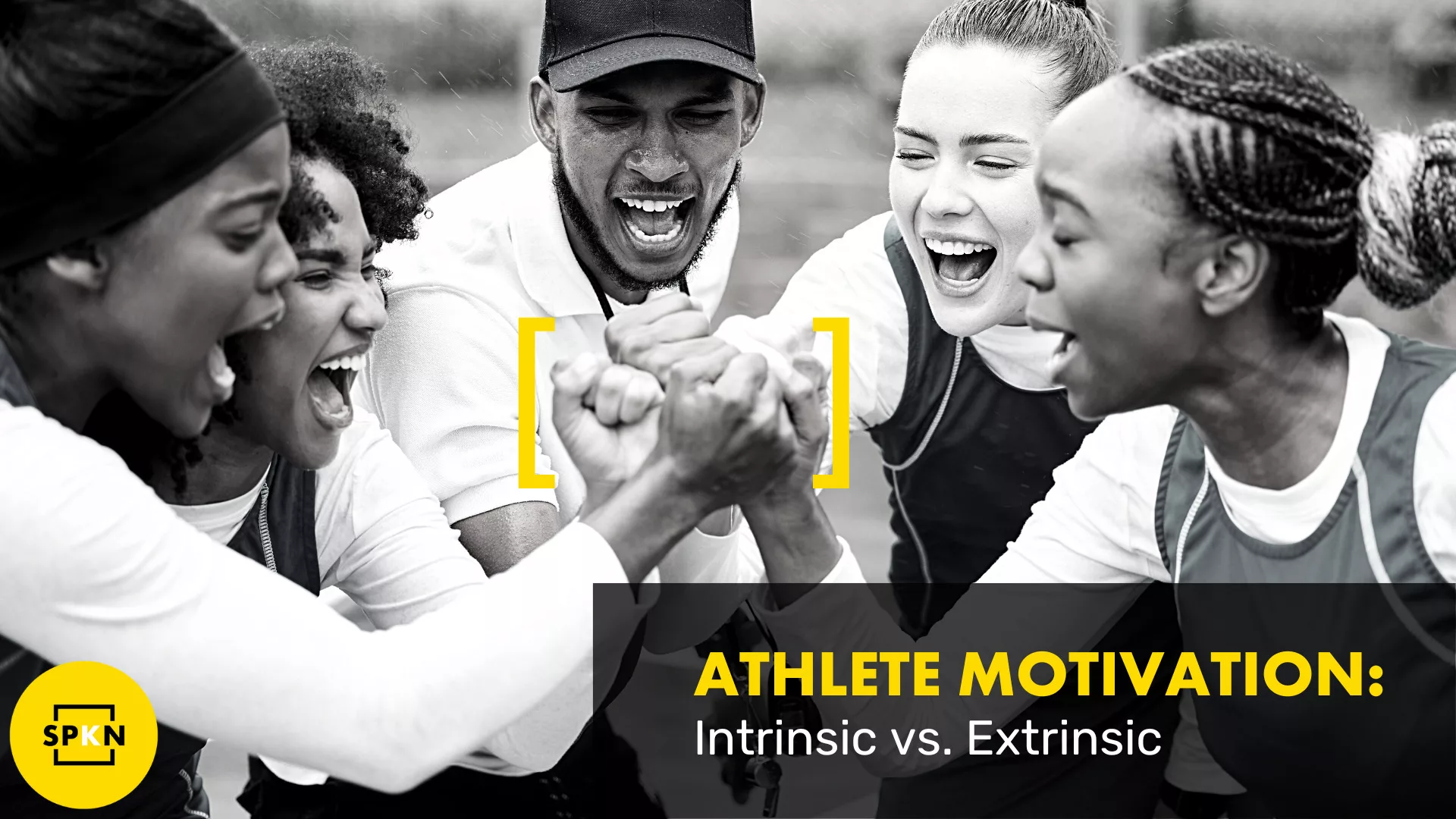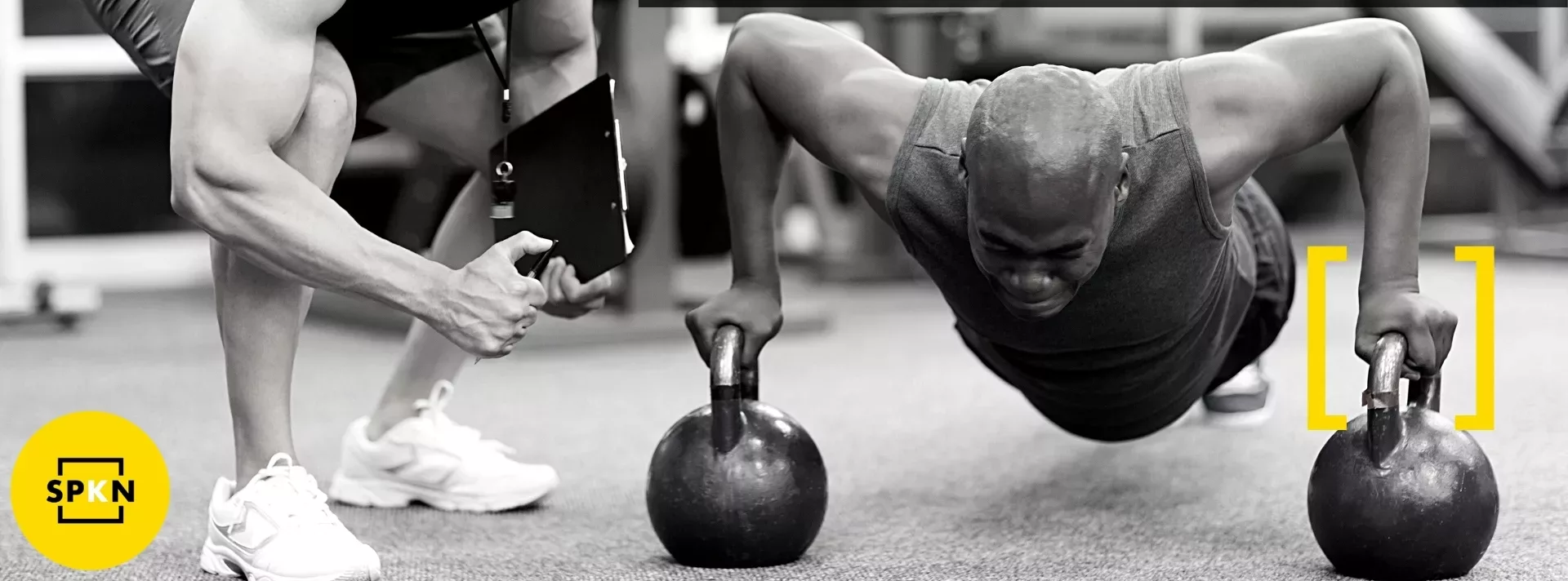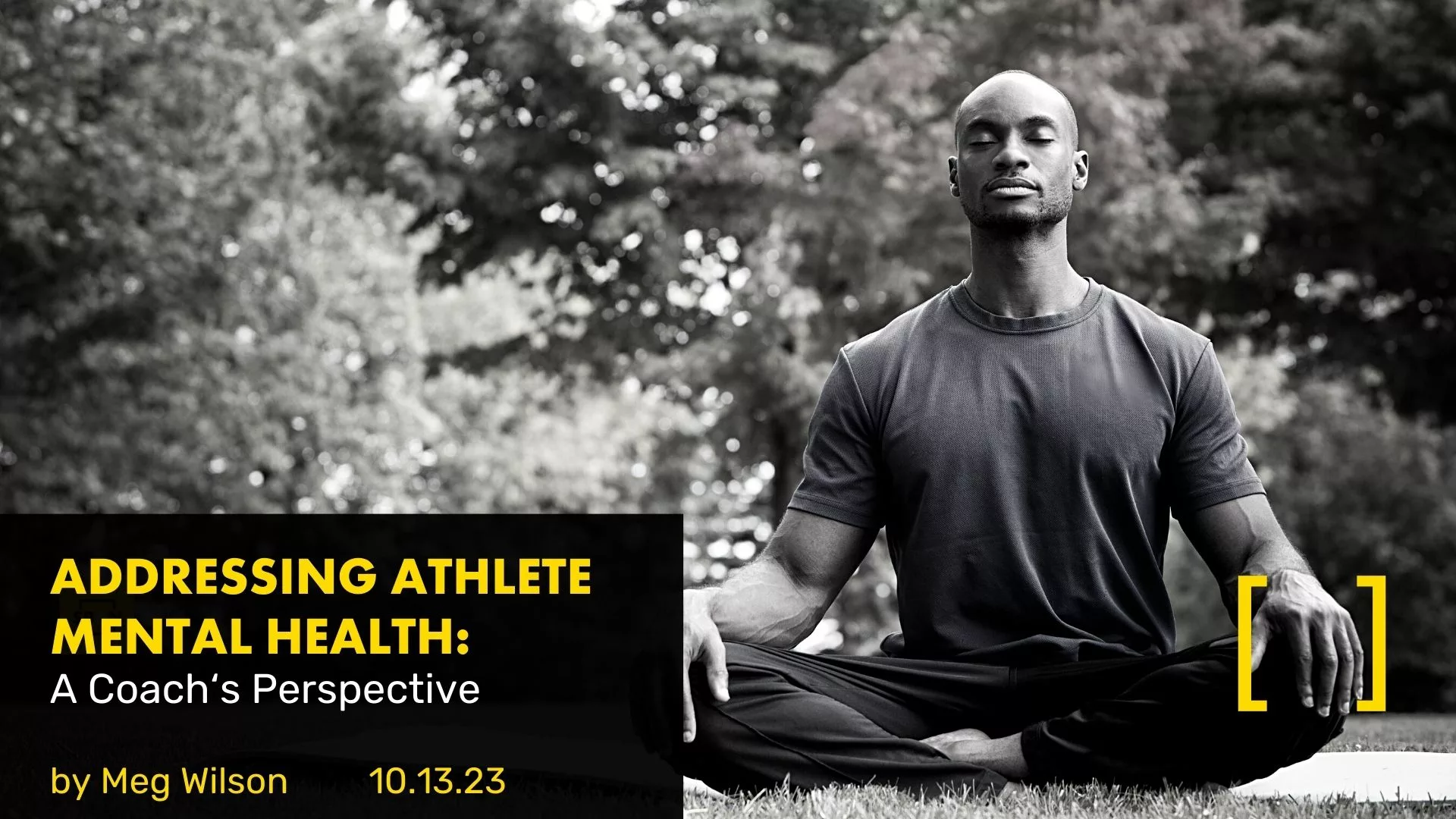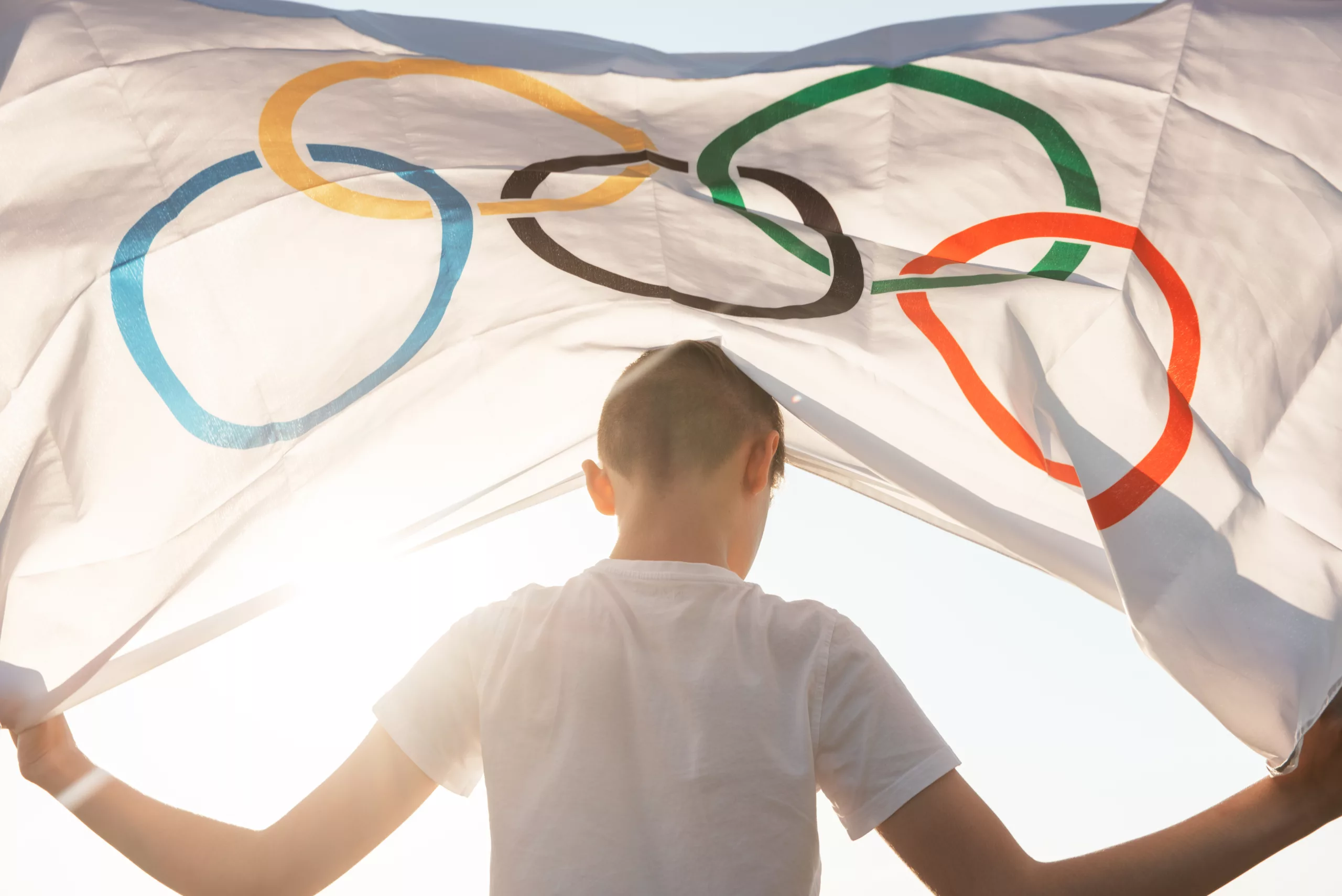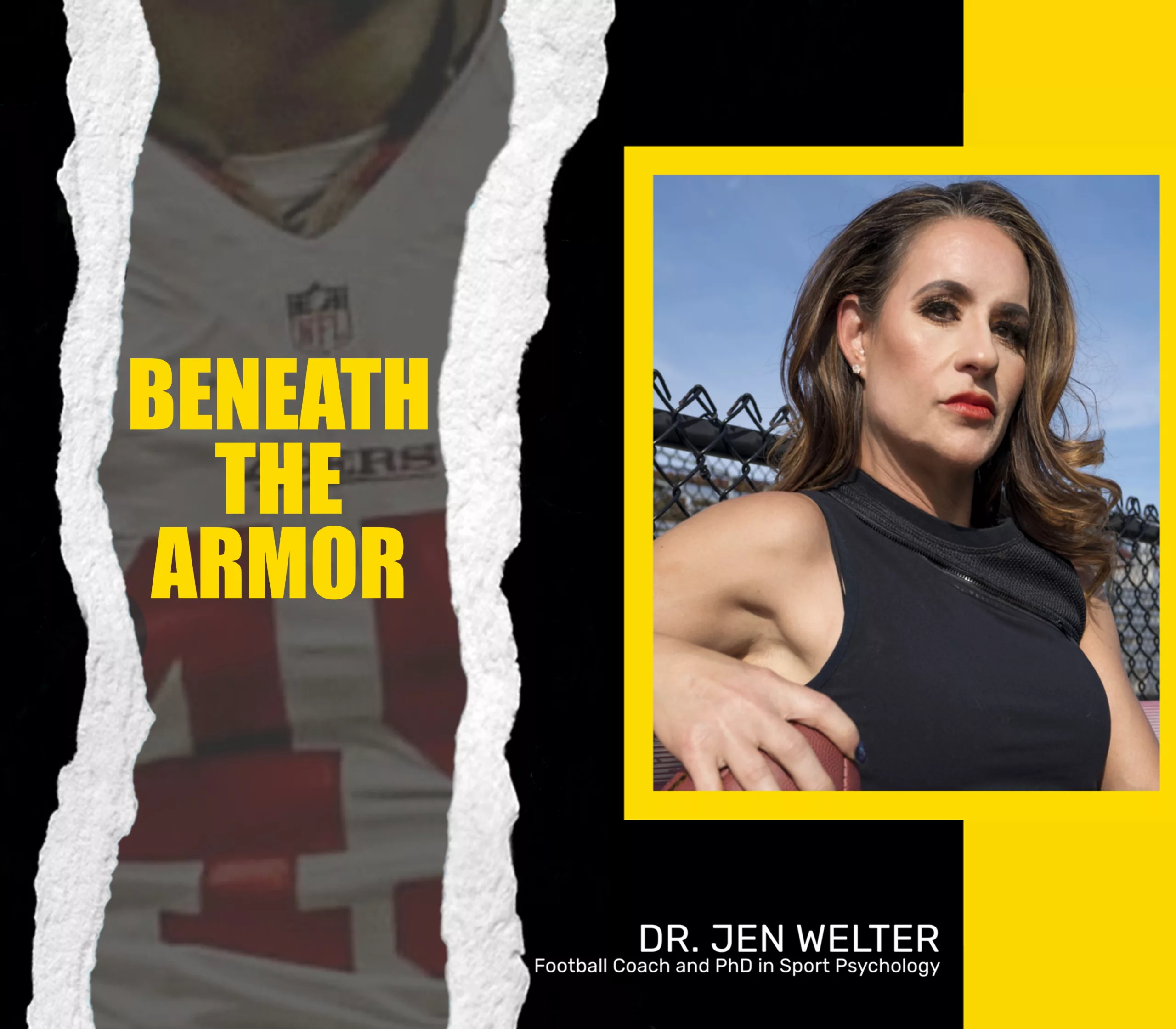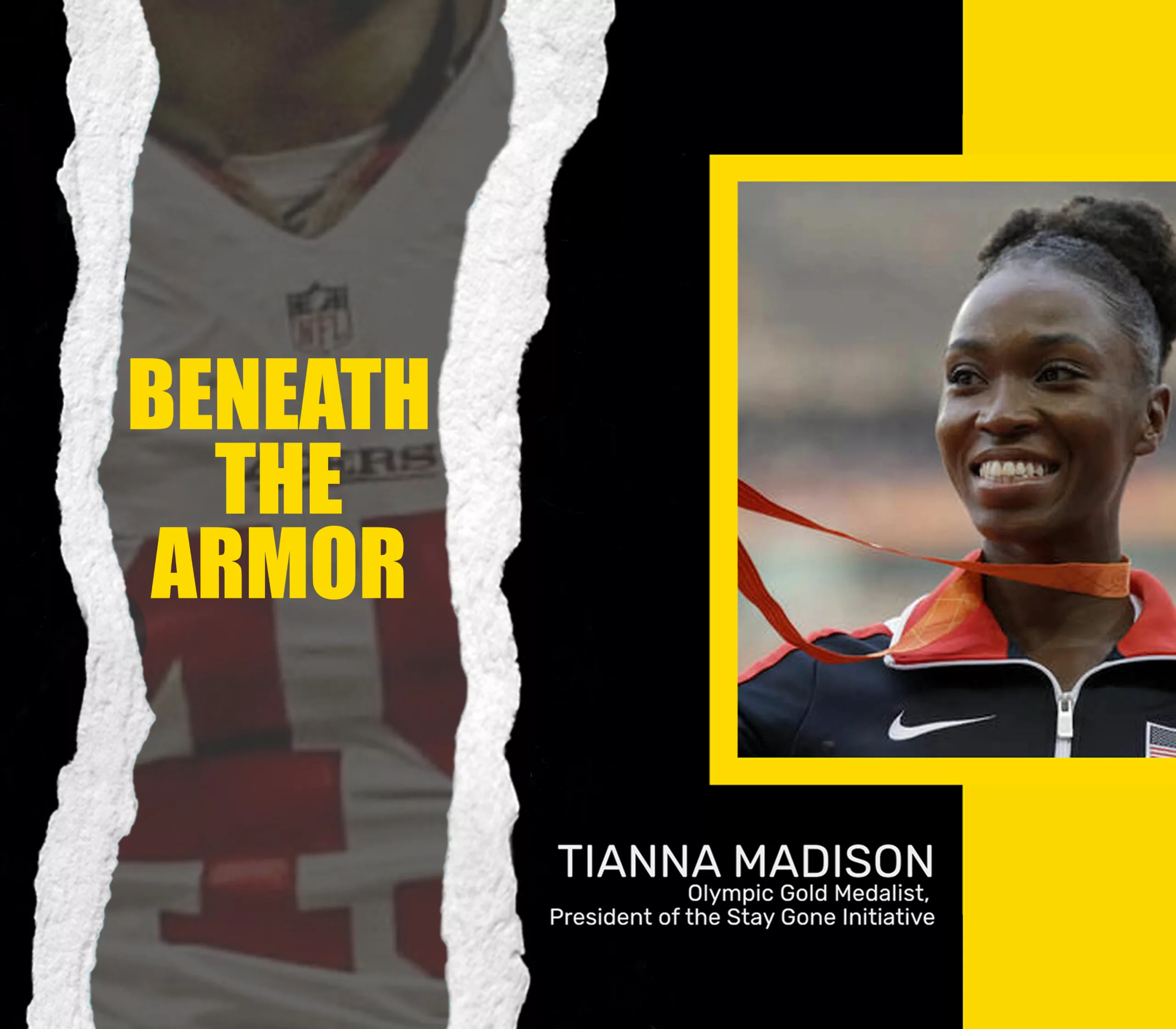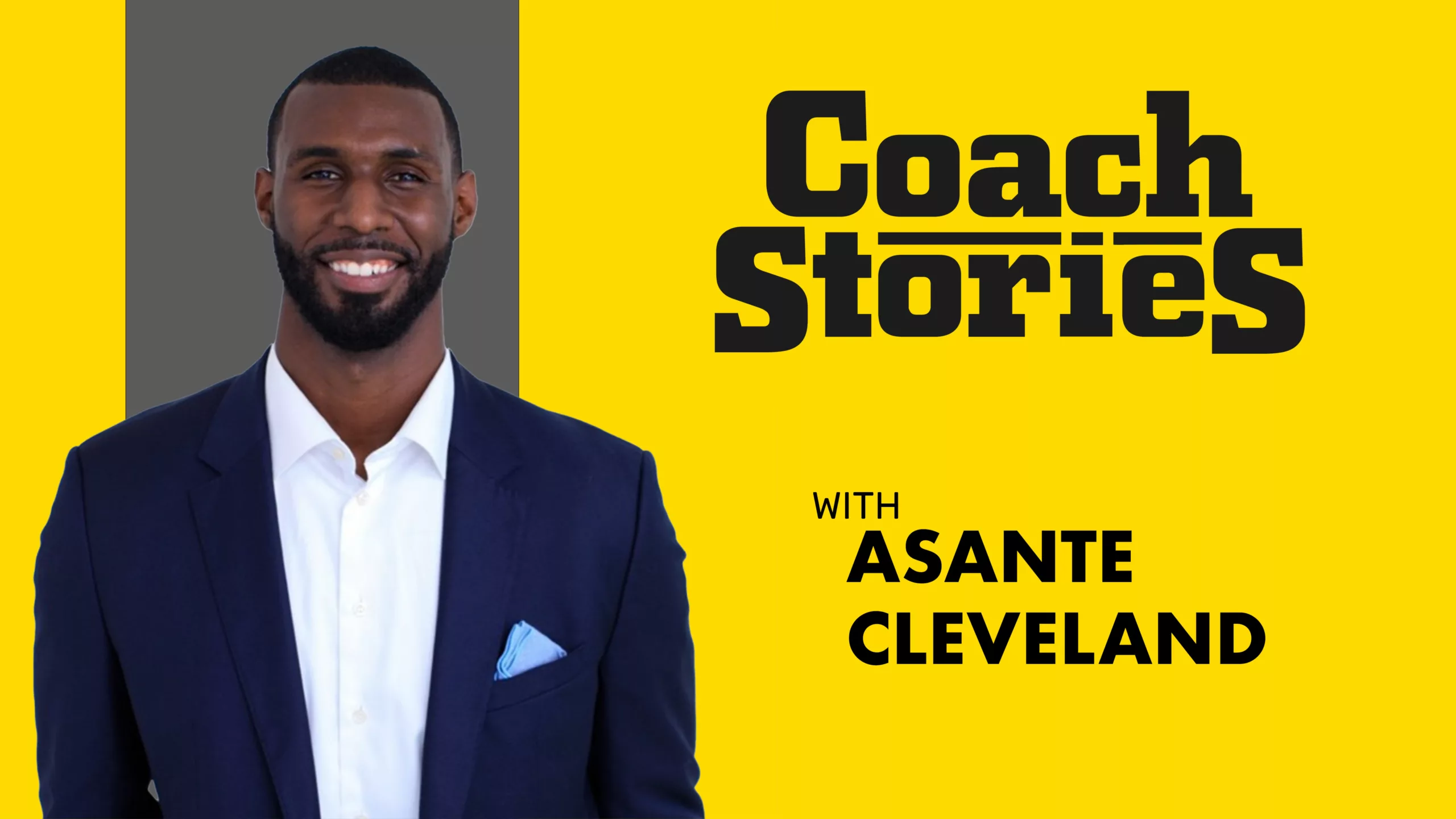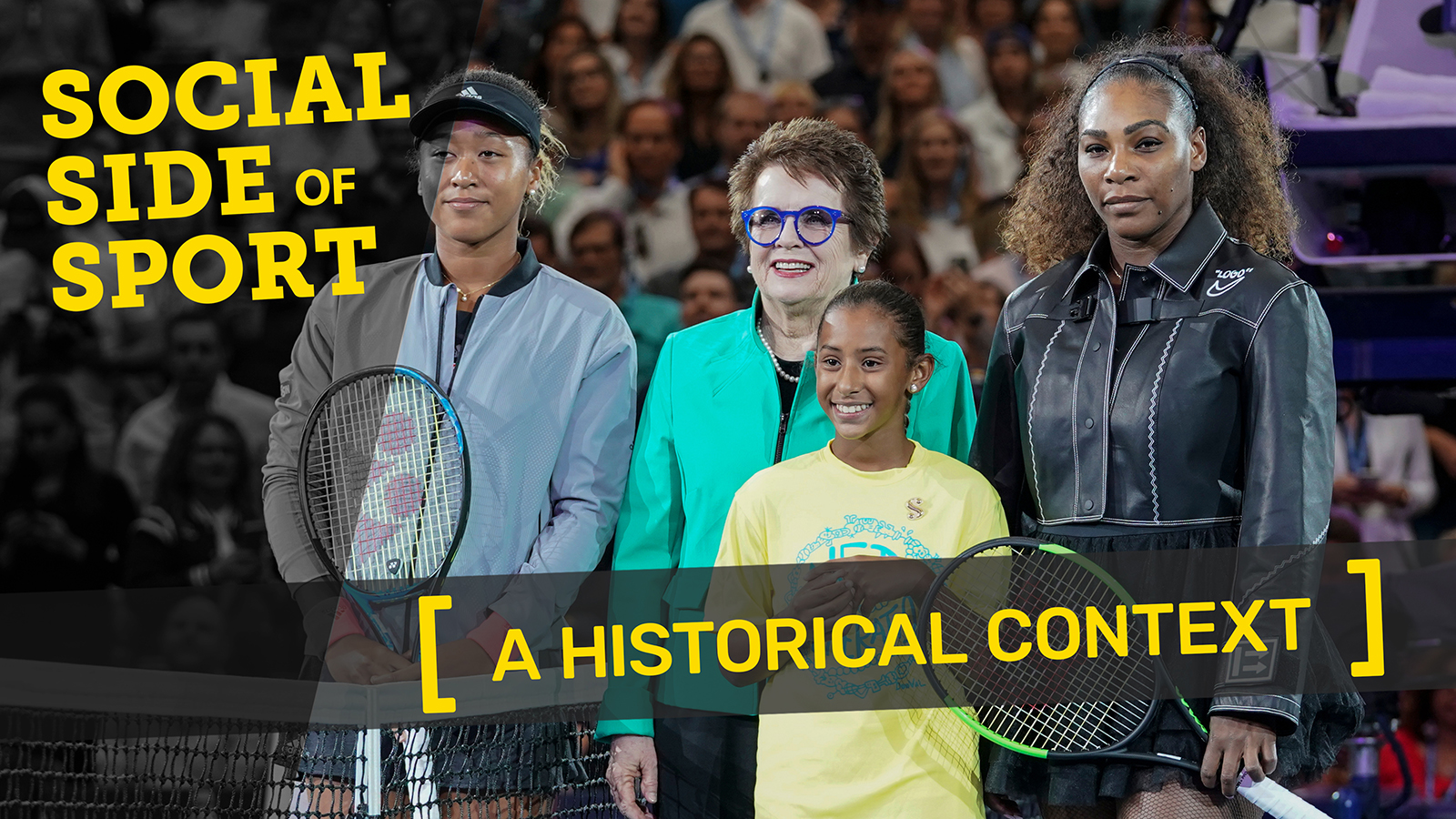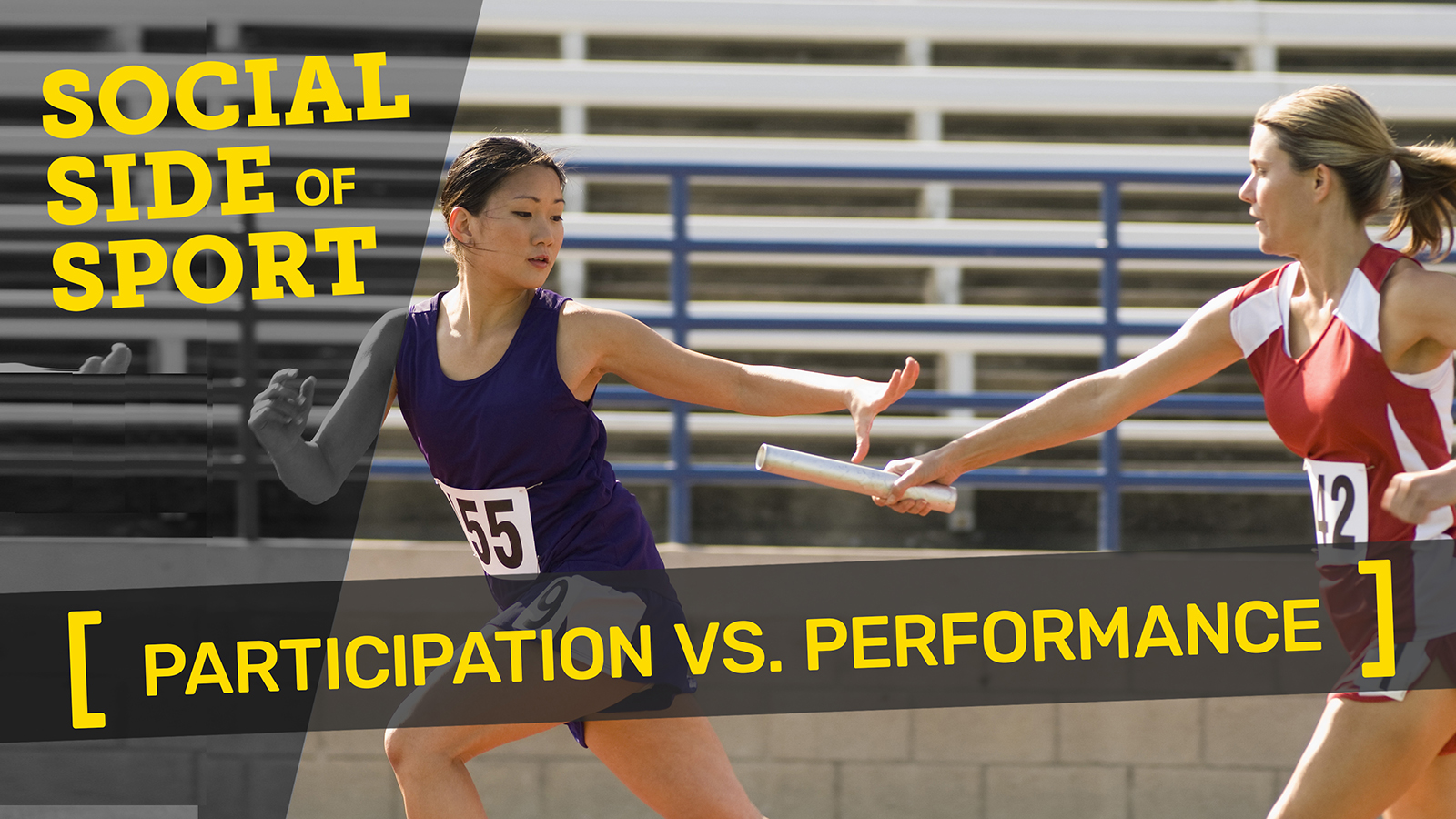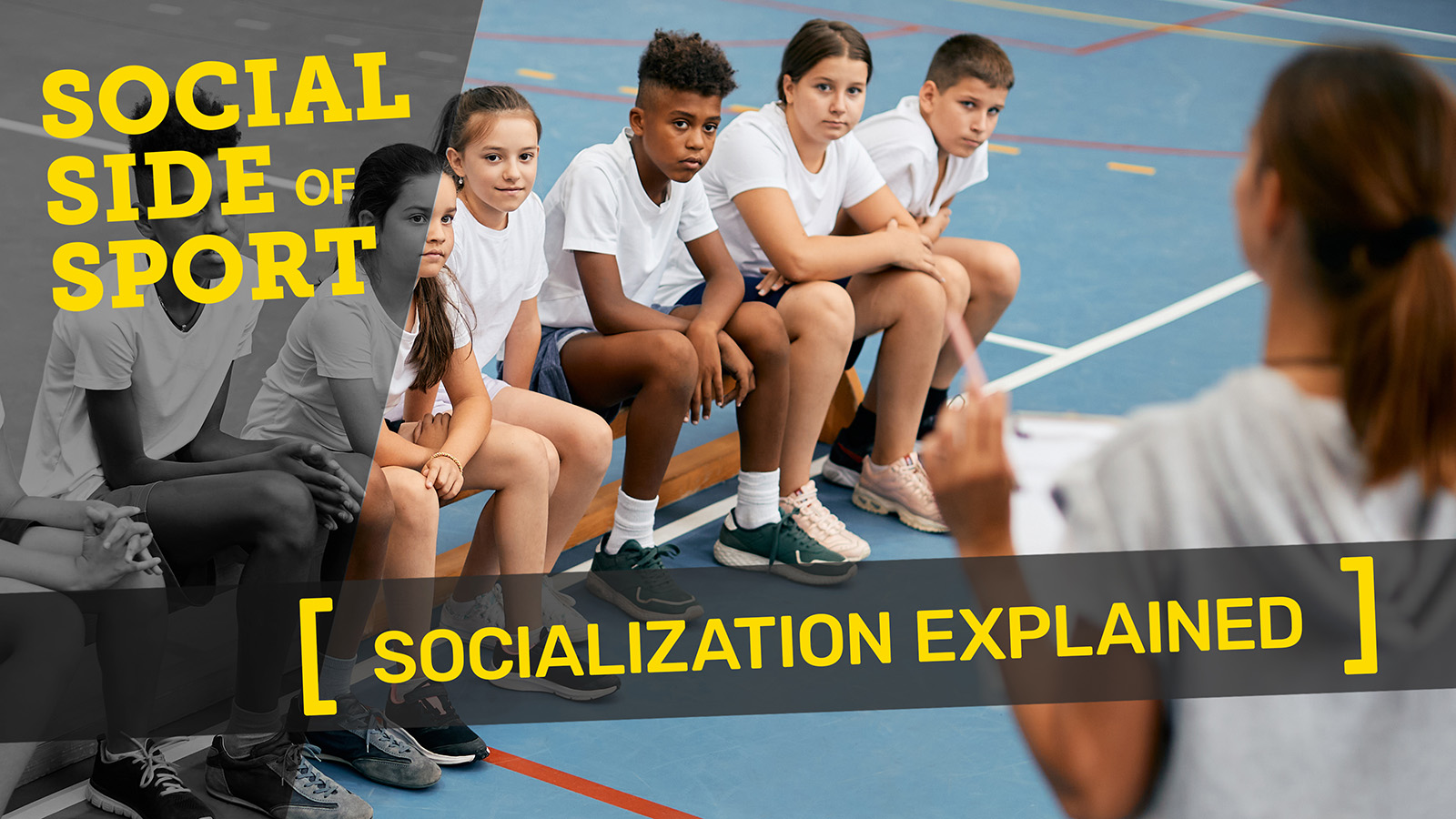As coaches, we are well aware that there is more to performance than just physical prowess. Let’s delve into the role of emotional regulation and explore how it influences every aspect of our athlete’s performance. In this edition, I will outline the various strategies that can be employed to manage emotions effectively, drawing from academic research and practical insights.
“Sport coaching is not just about honing the physical skills of an athlete but also about nurturing their mental fortitude. We, as coaches, play an instrumental role in shaping their emotional intelligence, enabling them to manage their emotions effectively for optimal performance.” – Meg Wilson
Emotional Regulation: The Unsung Hero
Sport is a domain where emotions run high. The thrill of victory, the agony of defeat, the rush of adrenaline, the sting of disappointment — it’s a roller-coaster ride. Emotional regulation, the ability to manage one’s emotional responses, is a vital skill for athletes. It encompasses strategies to influence the type, intensity, duration and expression of emotions.
Example: Imagine a football player during a match. He might start with a sense of pride (“I’m going to make a difference!”), feel a surge of excitement as he makes a breakthrough (“This is my moment!”), experience frustration when he misses a shot (“I should have scored.”), and finally, anger when the referee misses a foul (“That was not fair!”). All within a span of a few minutes. Each emotion has the potential to either boost or hamper his performance.
Emotional Regulation Strategies: A Deep Dive
James Gross, a renowned psychologist, has identified five primary emotional regulation strategies. Let’s explore how these strategies can be applied in sports.
Situation Selection
This strategy involves choosing or avoiding situations to manage emotions. Athletes can use this to decide which situations to engage in, based on how it might affect their emotional state.
Example: A gymnast recovering from a severe injury might choose not to participate in a highly competitive event to avoid stress and anxiety.
Situation Modification
This involves altering aspects of the situation to manage emotions. Once the athlete commits to a situation, they can tweak certain elements to control their emotional response.
Example: A nervous swimmer might simplify a complex stroke during a race to boost their confidence.
Attentional Deployment
This strategy involves shifting focus within the situation to handle emotions. Athletes can choose to concentrate on certain aspects and ignore others to control their emotional state.
Example: A tennis player worried about the match’s outcome might focus on perfecting their next serve to keep distracting thoughts at bay.
Cognitive Change
This strategy involves altering the perspective or interpretation of a situation. Athletes can decide how to perceive a situation to manage their emotional responses.
Example: A basketball player pleased with their first-half performance might remind themselves, “The game’s not over yet” to maintain their intensity and focus.
Response Modulation
This strategy involves changing the emotional response after it has been experienced.
Example: A baseball player who misses a shot can control their frustration by resisting the urge to react impulsively.
By understanding and practicing these strategies, athletes can learn to regulate their emotions effectively, enhancing their performance and overall development.
Emotional regulation is a crucial aspect of athlete development. As coaches, it’s our responsibility to guide athletes through this process, helping them to harness their emotions effectively. This can significantly enhance their performance, resilience, and well-being.
So, let’s embrace the challenge and remember, “The ultimate measure of a coach is not where they stand in moments of comfort and convenience, but where they stand at times of challenge and controversy.”
Stay tuned for more insights in our upcoming articles. Meanwhile, don’t forget to visit www.SPKNmedia.org to explore our extensive video library and read other articles on this and more topics.
RESOURCES:
- Gross, J. J. (1998). The emerging field of emotion regulation: An integrative review. Review of General Psychology, 2(3), 271-299. doi:10.1037/1089-2680.2.3.271
- Gross, J. J., & Thompson, R. A. (2007). Emotion regulation: Conceptual foundations. In J. J. Gross (Ed.), Handbook of emotion regulation (pp.3–24). New York, NY: Guilford Press.
- Emotion Regulation in Sports: Why It Is Important and How to Improve https://www.frontiersin.org/articles/10.3389/fpsyg.2019.01949/full




